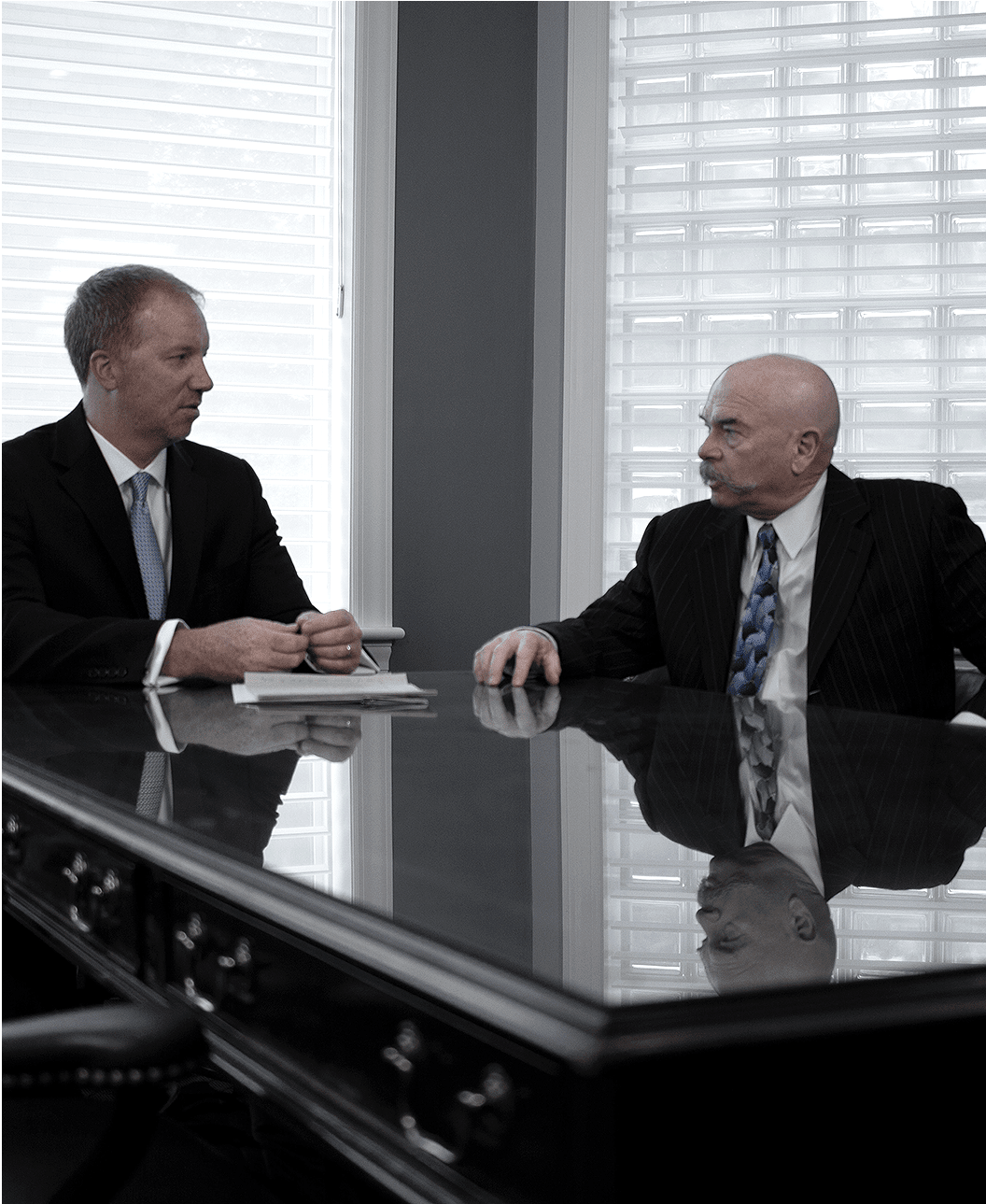How Is Fault Proven After A Slip And Fall Accident
October 7, 2014
How is fault proven after a slip-and-fall accident?
Deciding who was to blame for a slip-and-fall accident in Pennsylvania involves a number of considerations. When making the determination, a court will look into the reasonableness of both the property owner’s and the injured victim’s actions before the fall. If the property owner is found to be at fault for the accident, they may be ordered to pay damages to the victim.
A plaintiff in a premises liability claim will have to prove that the property owner failed to identify or correct a defect on their property that a reasonable person in their position would have taken care of. The defect should be something that a reasonable person would have identified as hazardous. A judge may also look into how long the hazard was allowed to remain on the property before the slip-and-fall accident occurred.
The actions of the injured party will also be investigated when a determination is being made about fault in a slip-and-fall accident. If a person did not have a legitimate reason to be on the premises or engaged in activities that contributed to their own fall, the property owner may not be found liable for the person’s injuries even when the accident took place on a dangerous property.
A person who may have a good case for filing a premises liability claim could be an individual who tripped while walking in a dimly lit parking lot that had an uneven surface. A lawyer may be able to help the individual to determine who is liable for their injuries and how to proceed with litigation. Every slip-and-fall accident involves its own unique circumstances, and this blog is not meant to be confused with legal advice.

